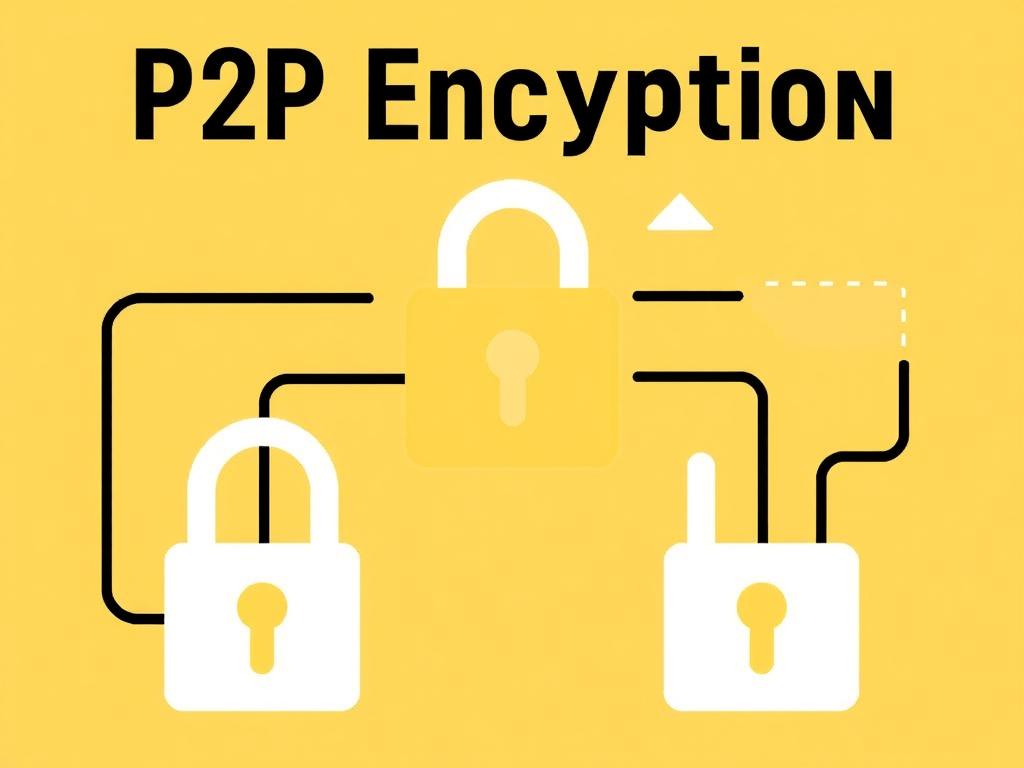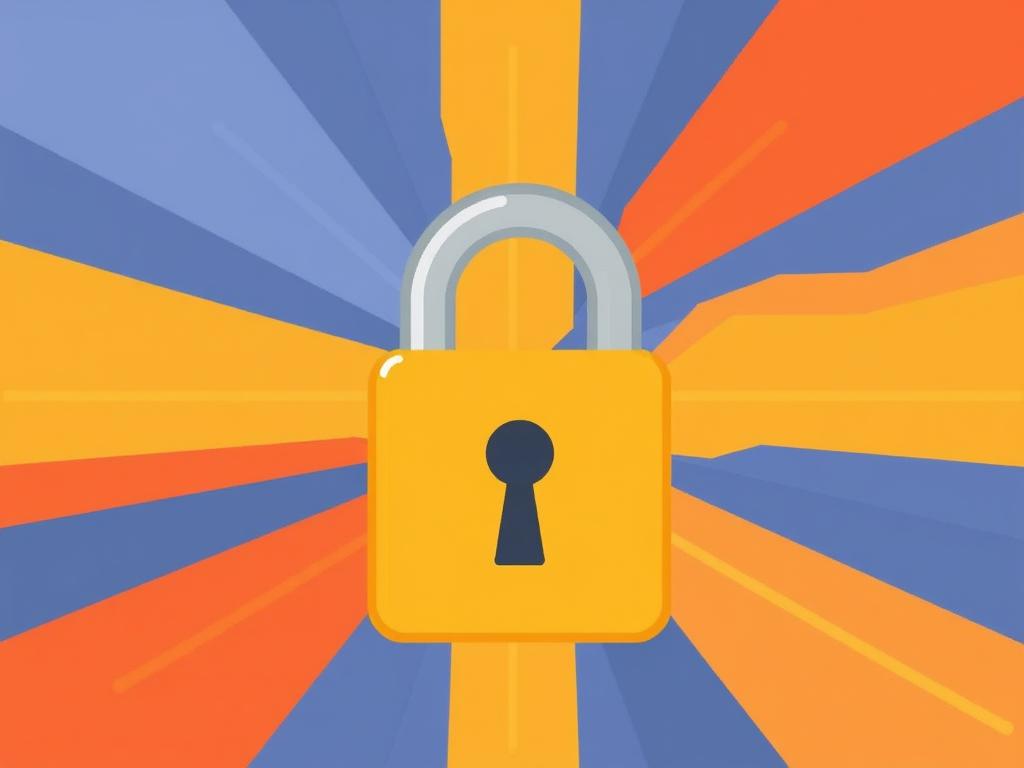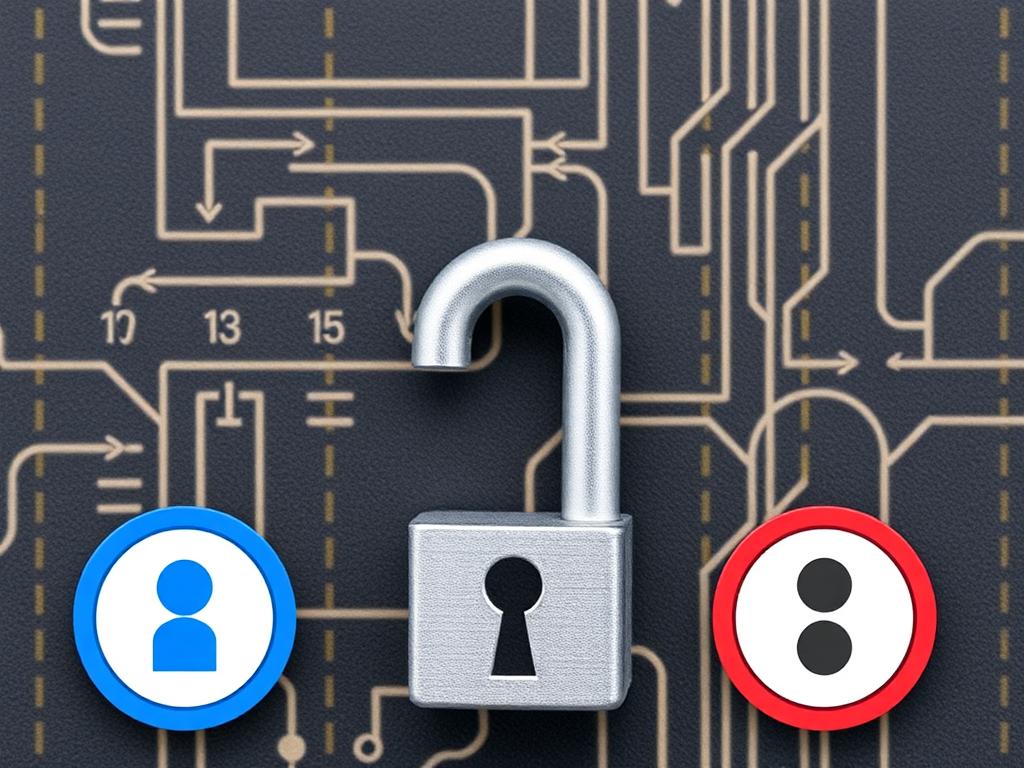P2P Encryption: Best Practices for Secure Communication
In today’s digital age, keeping our conversations and data safe is more important than ever. Peer-to-peer (P2P) encryption is one of the most effective ways to ensure that your communications remain private and secure. Whether you are sharing sensitive information, conducting business, or just chatting with friends, understanding how P2P encryption works and following best practices can protect you from cyber threats. But what exactly is P2P encryption, and how can you implement it to secure your communications? Let’s dive deep into the world of secure communication protocols and uncover the best strategies to keep your data safe.
Understanding P2P Encryption
Before we explore best practices, it’s important to understand what P2P encryption entails. Peer-to-peer encryption is a method where data is encrypted directly between two users without involving third-party servers in the transmission process. This means messages or files are encrypted on the sender’s device and only decrypted on the receiver’s device, blocking potential eavesdroppers or hackers from intercepting readable content.
Traditional communication systems often route data through central servers, which may store or analyze the data. In contrast, P2P networks rely on a direct connection, making interception or data leaks much harder. Encryption is the backbone here—it transforms readable information into an unreadable format using cryptographic algorithms, and only those with the correct keys can decrypt and understand the data.
How Does P2P Encryption Work?
Typically, P2P encryption uses two kinds of cryptographic techniques: symmetric and asymmetric encryption. Symmetric encryption uses a shared secret key for both encrypting and decrypting data. It’s very fast but requires securely distributing the key beforehand. Asymmetric encryption, on the other hand, uses a public key to encrypt data and a private key to decrypt it, solving the key distribution challenge and enhancing security.
The most secure P2P communication systems combine these methods. For instance, initial handshakes and key exchanges happen with asymmetric encryption to establish a secure channel. Then, symmetric encryption takes over for faster communication using the shared keys. This blend offers robust protection with practical speed.
Best Practices for Secure P2P Communication

Now that you understand how P2P encryption works, let’s go through some best practices to keep your communication safe and secure.
1. Use Strong Encryption Protocols
Choosing the right encryption protocol is critical. High-grade protocols like AES (Advanced Encryption Standard) for symmetric encryption and RSA or ECC (Elliptic Curve Cryptography) for asymmetric encryption provide strong security. Avoid outdated or weak algorithms such as DES or SHA-1, as they are vulnerable to attacks.
2. Implement End-to-End Encryption
End-to-end encryption (E2EE) ensures that only you and the intended recipient can read your messages. Not even the communication service provider has access to the keys, making P2P communication truly private. Many popular messaging apps now offer this feature, so ensure your platform supports it.
3. Regularly Update Software and Keys
Security isn’t set-and-forget. Regular software updates patch vulnerabilities and improve encryption algorithms. Similarly, rotating encryption keys periodically reduces the risk that a compromised key can be used to decrypt past communications.
4. Verify Participant Identity
One risk in P2P communication is impersonation. Verify the identity of the person you are communicating with through key fingerprint verification or other secure methods. This step helps prevent man-in-the-middle attacks where a hacker poses as one party to intercept messages.
5. Use Secure Key Exchange Mechanisms
Secure key exchange is fundamental to sharing encryption keys without them being intercepted. Implement protocols like Diffie-Hellman key exchange or use trusted third-party services that facilitate secure key distribution.
6. Limit Metadata Exposure
Even if messages are encrypted, metadata such as who is communicating, when, and how often can reveal sensitive information. Use P2P clients or networks that minimize metadata leaks to maintain privacy.
Comparing Popular P2P Encryption Protocols

To better grasp which encryption methods suit your needs, here’s a comparison table summarizing key protocols with their pros and cons:
| Protocol | Type | Strengths | Weaknesses | Common Use Cases |
|---|---|---|---|---|
| AES (Advanced Encryption Standard) | Symmetric | Fast, widely trusted, strong security | Requires secure key distribution | File encryption, messaging apps |
| RSA (Rivest-Shamir-Adleman) | Asymmetric | Strong key exchange, no prior key sharing needed | Slower, vulnerable to quantum computing in the future | Digital signatures, key exchange |
| ECC (Elliptic Curve Cryptography) | Asymmetric | Smaller keys, faster performance, good for mobile devices | More complex implementation | Secure key exchange, mobile encryption |
| Diffie-Hellman Key Exchange | Key Exchange | Enables secure key sharing over insecure channels | Vulnerable if parameters not chosen carefully | Initial handshake in secure connections |
Additional Tools and Tips for Enhancing P2P Security

Using the right protocols is just one piece of the puzzle. The overall security of P2P communication depends on many factors, including the tools you use and your digital habits.
- Choose reputable P2P messaging apps: Not all apps claiming secure communication truly implement strong P2P encryption. Look for open-source projects that have undergone independent security audits.
- Avoid public Wi-Fi for sensitive conversations: Public networks increase the risk of data interception. Use VPNs if you must connect over unsecured networks.
- Protect your devices: Encrypted messages are useless if your device is compromised. Use strong passwords, biometric locks, and enable remote wipe options where possible.
- Educate participants: Ensure everyone involved in the P2P communication understands the importance of security practices—from verifying contacts to updating software regularly.
- Backup securely: If you store encrypted messages or keys, make sure backups are encrypted and stored offline if possible to prevent unauthorized access.
Common Pitfalls and How to Avoid Them
Even with the best technology, human error can undermine security. Here’s a quick list of common pitfalls to watch out for:
- Using weak or reused passwords for encryption keys or devices
- Ignoring software updates that fix security bugs
- Sharing encryption keys over insecure channels like email or SMS
- Trusting unknown or unofficial apps lacking robust encryption
- Failing to verify the identity of communication partners
Taking time to address these areas can significantly improve your P2P communication security.
Conclusion
P2P encryption is a cornerstone of secure communication in a world increasingly vulnerable to cyber threats. By understanding how it works and applying best practices—such as using strong encryption protocols, implementing end-to-end encryption, verifying identities, and choosing reputable tools—you can greatly reduce the risk of interception and unauthorized access. Remember that security is an ongoing process that involves staying updated, educating participants, and being mindful of privacy at every step. Whether for personal privacy or professional communication, adopting these best practices for P2P encryption empowers you to communicate securely and confidently in an interconnected digital landscape.






